The Ultimate Guide to Order Windows: Choosing the Perfect Fit for Your Home Project
When embarking on a home improvement project, the decision to order windows is pivotal in shaping both aesthetics and energy efficiency. According to the U.S. Department of Energy, windows account for up to 25% of residential heating and cooling costs, highlighting the crucial role they play in overall energy performance. Furthermore, a report from the National Association of Realtors indicates that quality window replacements can yield a return on investment of approximately 70-80%, making it a financially savvy choice for homeowners.
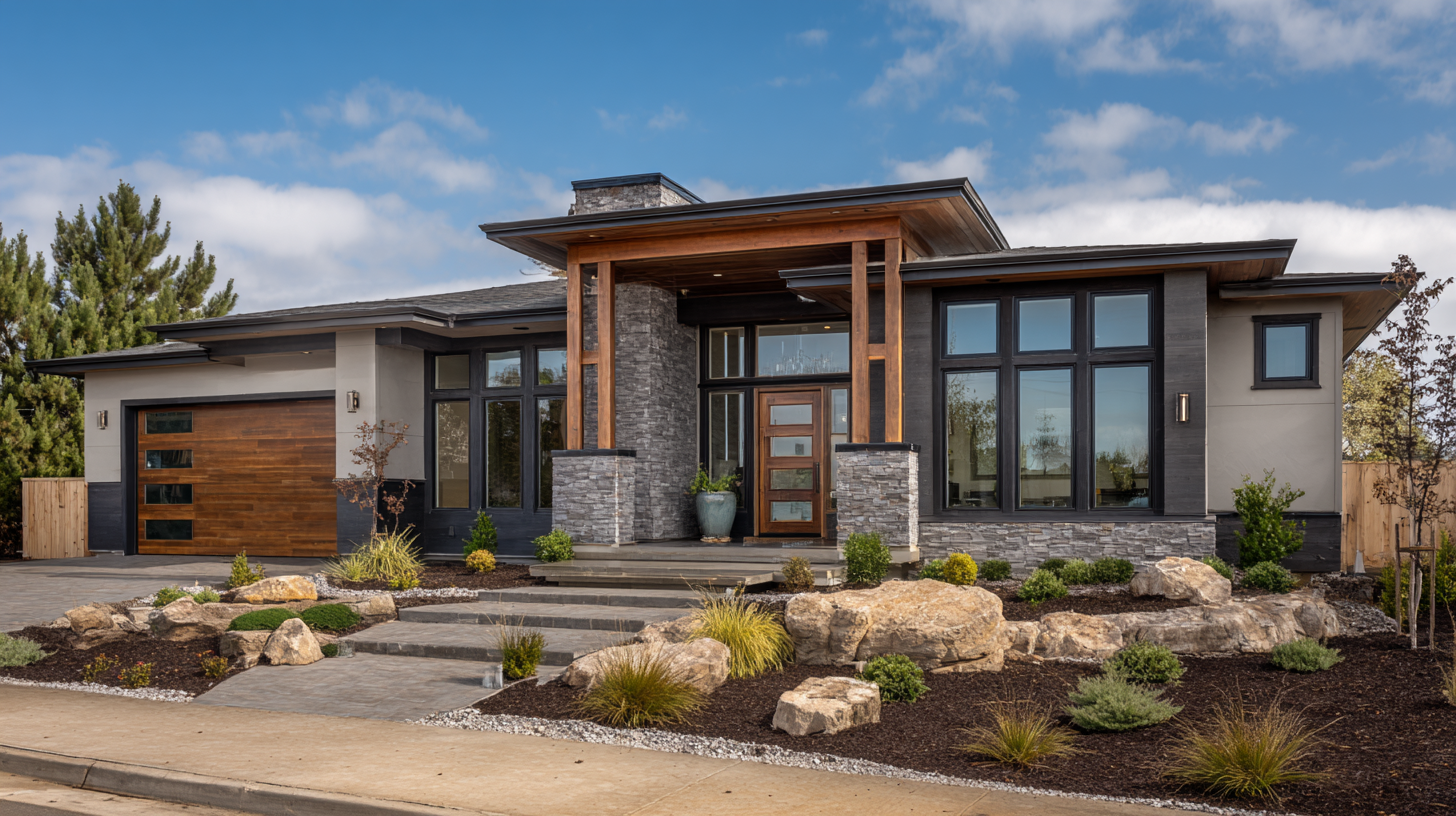
As design trends evolve and energy standards become more stringent, selecting the right windows is more than a cosmetic upgrade; it’s a vital investment that enhances the comfort and value of your home. This guide will navigate the complexities of ordering windows, ensuring you choose the perfect fit for your project while maximizing your home's efficiency and appeal.
Understanding Different Window Types: A Comprehensive Overview
When embarking on a home improvement project that involves window replacement or installation, understanding the different types of windows available is essential. Each window type offers its own unique benefits, aesthetics, and functionality, catering to diverse architectural styles and homeowner preferences. For instance, double-hung windows feature two sashes that slide up and down, providing excellent ventilation options and ease of cleaning. On the other hand, casement windows, which are hinged on one side and swing out, allow for maximum airflow and unobstructed views, making them an ideal choice for hard-to-reach areas.
Additionally, consideration should be given to specialized window types that enhance energy efficiency and safety. Picture windows, which are fixed and do not open, can create stunning focal points in a room while providing great natural light. Bay and bow windows, with their protruding structures, not only add character to a home's exterior but also create additional interior space. Understanding these options enables homeowners to select windows that not only complement their design vision but also improve their home’s energy performance and functionality, ultimately leading to a more satisfying living environment.
Measuring Your Windows: Essential Steps for Accurate Sizing
Measuring your windows properly is crucial to ensure a perfect fit for your home project. To start, gather essential tools such as a measuring tape, a notepad, and a pencil. Measure from the left to the right side of the window opening at the top, middle, and bottom, noting the smallest measurement. This ensures that you account for any variations in the width, which is common in older homes. Repeat the process for height, measuring from the top of the opening to the windowsill at both sides and in the middle.
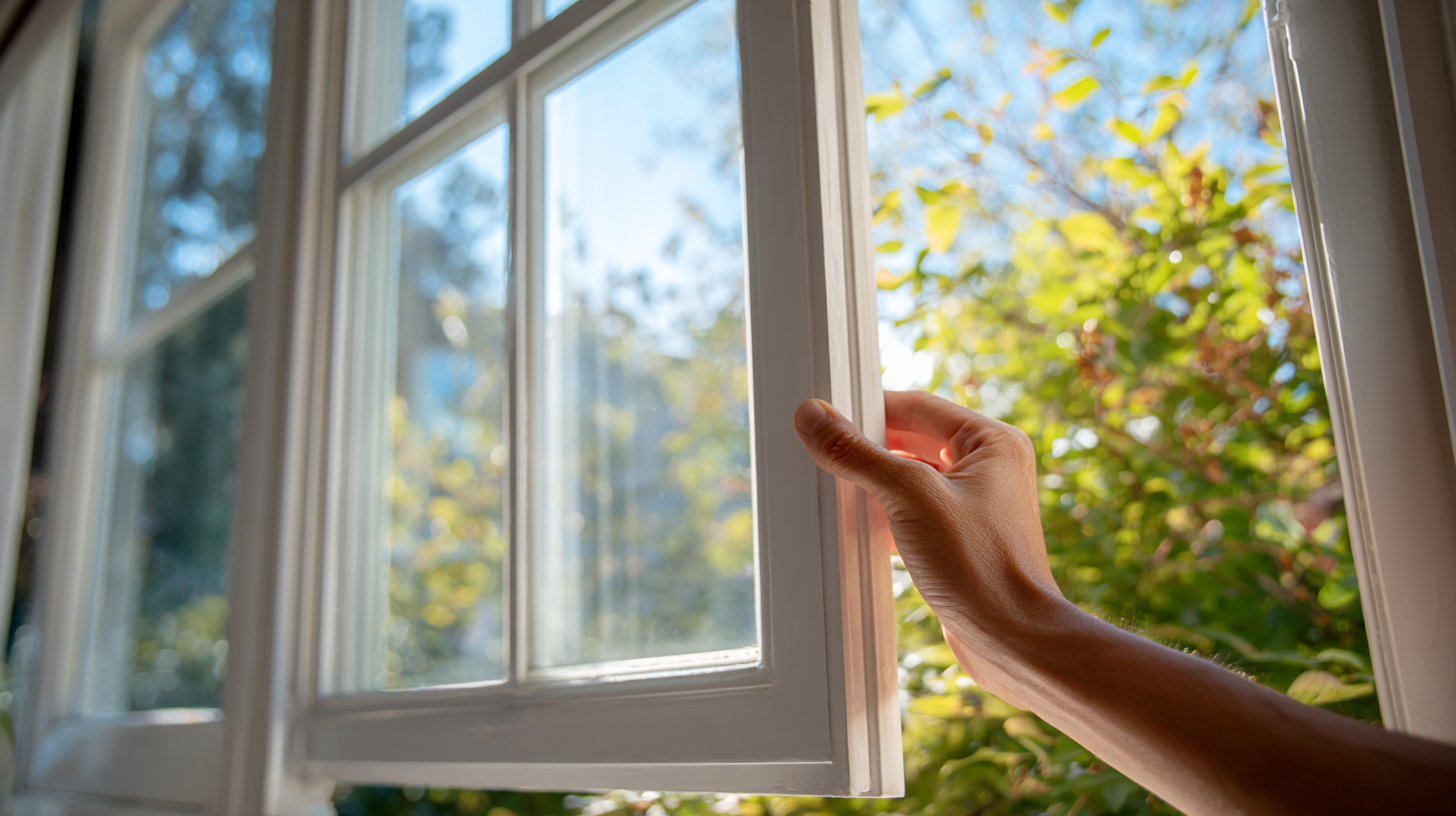
When it comes to window depth, it's important to measure how deep the window frame is, as this will impact the type of windows you can choose. Additionally, if there are any obstructions such as trim or moulding, note their dimensions. Accurate measurements will not only guide your selection of windows but also streamline the ordering process, minimizing the chances of errors that could lead to costly adjustments or delays in your home project.
Choosing the Right Materials: Wood, Vinyl, and Aluminum Explained
When it comes to selecting the right materials for your windows, understanding the nuances of wood, vinyl, and aluminum can significantly impact both aesthetics and functionality. According to the American Architectural Manufacturers Association, about 55% of new homes built in the U.S. feature vinyl windows due to their cost-effectiveness and low-maintenance benefits. Vinyl windows are resistant to moisture, don’t require painting, and are available in a variety of styles, making them a popular choice for homeowners seeking energy efficiency and affordability.
On the other hand, wood windows have long been celebrated for their natural beauty and insulating properties. A report by the Window and Door Manufacturers Association indicates that wood frames can enhance a home’s value by 10% to 15% compared to vinyl counterparts. However, wood requires regular maintenance to prevent rot and deterioration, making it crucial for potential buyers to weigh long-term upkeep against aesthetic appeal. Aluminum windows, while less prevalent in residential applications, offer remarkable strength and durability, especially in coastal areas. They are often favored for contemporary designs, but come with a higher thermal conductivity, making them less energy-efficient unless thermal breaks are included. Understanding these material choices empowers homeowners to select the best fit for their specific needs and project goals.
The Ultimate Guide to Order Windows: Material Comparison
Energy Efficiency Factors: How to Select Windows That Save You Money
When selecting windows for your home, understanding energy efficiency is crucial to not only enhance comfort but also to save on energy bills. According to the U.S. Department of Energy, windows account for up to 30% of residential heating and cooling energy use. Therefore, investing in energy-efficient windows can lead to significant savings—often around $100 to $500 annually, depending on climate and household usage.
When choosing windows, look for labels from the National Fenestration Rating Council (NFRC). These labels provide important metrics like U-factor, solar heat gain coefficient, and Visible Transmittance, allowing homeowners to make informed decisions. A lower U-factor indicates better insulating properties, while a solar heat gain coefficient below 0.25 is ideal for reducing heat gain in warm climates.
Tips:
- Consider double or triple-glazed windows to improve insulation.
- Look for ENERGY STAR® certified windows, which guarantee superior energy performance.
- Choose windows with low-emissivity (Low-E) coatings to reflect heat and UV rays, maximizing energy efficiency while minimizing glare indoors.

Stylish Finishes and Designs: Enhancing Your Home’s Curb Appeal with Windows
Windows play a vital role in defining the aesthetic appeal of your home. According to the
American Institute of Architects, over 70% of home buyers consider
exterior appearance as a crucial factor when purchasing a home. Choosing windows with stylish
finishes and designs can significantly enhance your home’s curb appeal. Modern trends showcase
diverse materials and styles, from sleek aluminum frames to classic wooden finishes, allowing
homeowners to express their unique personalities while improving their home's overall look.
Tip: When selecting windows, consider the architectural style of your
home. For instance, traditional homes might benefit from double-hung windows with intricate
grilles, while contemporary spaces can be accentuated by larger picture windows that provide
unobstructed views and natural light.
Color and finish also play a significant role. A report by the National Association of Realtors reveals
that homes with well-chosen window colors can impact resale value positively. Neutral
shades like white and beige remain popular, but bolder choices such as
deep blue or forest green can make a striking statement.
Tip: Don’t forget about
energy efficiency in your window selection.
Energy Star-rated windows not only enhance aesthetic appeal but also lower your utility bills,
making them a practical choice in addition to an attractive one.
Related Posts
-

Transform Your Home's Comfort: The Benefits of Installing Aluminum Screen Doors
-

Exploring the Efficiency of Value Windows: How Energy Savings Can Reduce Your Bills by Up to 30%
-
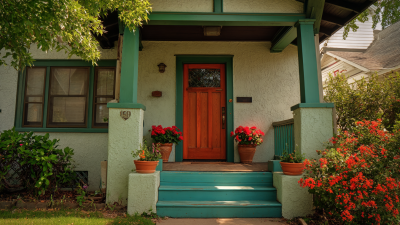
How Storm Doors Can Enhance Your Home's Energy Efficiency and Security
-
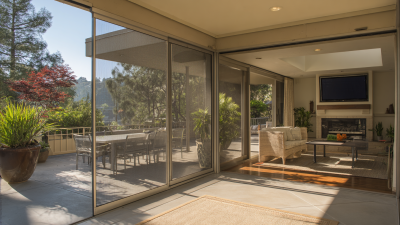
Why Choosing Aluminum Screen Doors Can Enhance Your Home's Comfort and Style
-

Exploring the Impact of Window Places on Indoor Air Quality: A Comprehensive Review
-
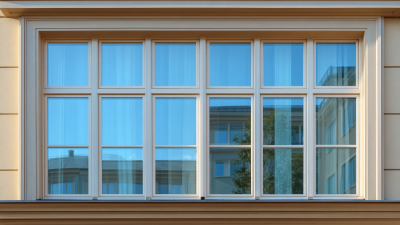
The Ultimate Guide to Choosing the Best Exterior Storm Windows for Your Home
Our Location
476 Main Street - Route 28
Dennisport, MA 02639
Business Hours -
- Mon - Fri
- -
- Saturday
- -
- Sunday
- Closed

Share On: